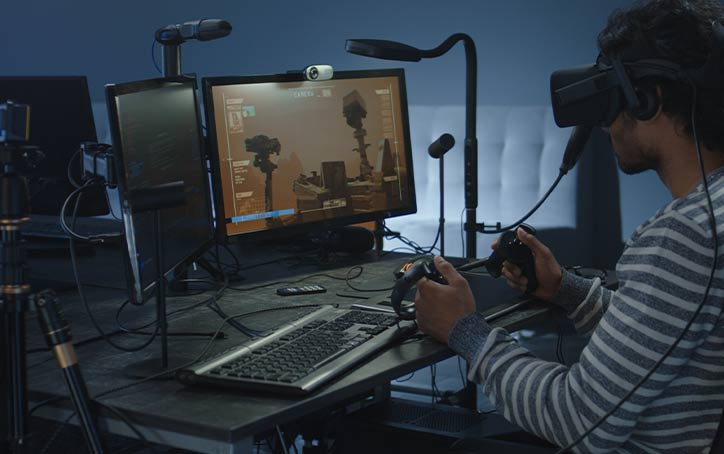The gaming sector is in no way hitting the brakes—it’s just becoming more aggressive. By 2033, the industry is expected to reach nearly $665 billion, and with this growth, competition between designers is becoming ever fiercer. It’s no longer enough to just have the talent. You need to demonstrate your abilities by having recognized credentials. This is where a Game Design Certification 2026 in Game Art and Design becomes your ace in the hole.
The Big Picture: A Growing Market
The data doesn’t hide. The global gaming market has already surpassed $248 billion and continues to grow at double-digit rates. A certification tells employers you’re not just an interested party—you have the technical expertise and creative toolbox companies want and need.
- Skill Building that Matters
Game design is a blend of art, technology, and storytelling. Certification programs center around:
- Technical proficiency: engines such as Unreal and Unity, programming languages such as C++ or Python, and 3D modeling
- Creative proficiency: character design, narrative building, and level building
- Problem-solving: optimization, debugging, and practice mechanics.
By 2026, the job will require this multidisciplinary capability, and certification will open up employment opportunities.
- Earning More
Employers don’t want just a resume—they want proof. Certification validates your interest and demonstrates your skills, which improves your competitiveness. Not only that, certified designers earn more than non-certified designers, largely due to their expertise and recognition.
- Seeing the Future
The industry is being shaped by AI, VR, and AR. In the 2026 Game Design Certification, you’ll be interacting with the latest and most advanced tools and technology before you walk through the studio doors. Familiarity with the development tools will keep you relevant in an industry that rapidly reinvents itself every few years.
- Networking
The program isn’t, of course, preparation, just coursework. Your program will connect you to future peers, mentors, and professionals who offer internship or collaborative opportunities, or maybe even future employment. In creative industries, a designer’s network is often as valuable as their portfolio.
- Driving Inclusion and Innovation
The game design industry has a gender gap, and women are underrepresented in design roles. Certification programs can bridge the gap by establishing equitable access to education and industry-ready skills.
They can, at the same time, structure learning for creative stability. Certification can motivate designers to dream up worlds that play has never seen before.
Future Ready
The designer of VR experiences, or the professional who integrates AI into design, or a production coordinator who may not have existed a decade ago. Certification prepares tomorrow’s work even if most of those jobs didn’t exist a decade ago.
Certification prepares you for that change, making sure that your certification evolves. Finally, not just gaming is learning to be a global business—certification unlocks international opportunities.
Final Thoughts
By 2026, game studios will be more eager than ever to hire certified professionals who can seamlessly combine creativity with technical accuracy. The Game Design Certification 2026 is so much more than just a piece of paper. It’s going to affect your credibility and potentially your pay, as well as your role abroad, and certainly a sustainable career in an industry that is constantly changing and reinventing itself.
Ready to level up? Explore how Top Reasons to Get a Game Design Certification
can set you apart in 2026’s booming gaming industry.
If you’re ready to level up your future, MAGES Institute offers specialized programs in Game Art and Design that can help you become a standout professional in 2026’s booming gaming industry.







